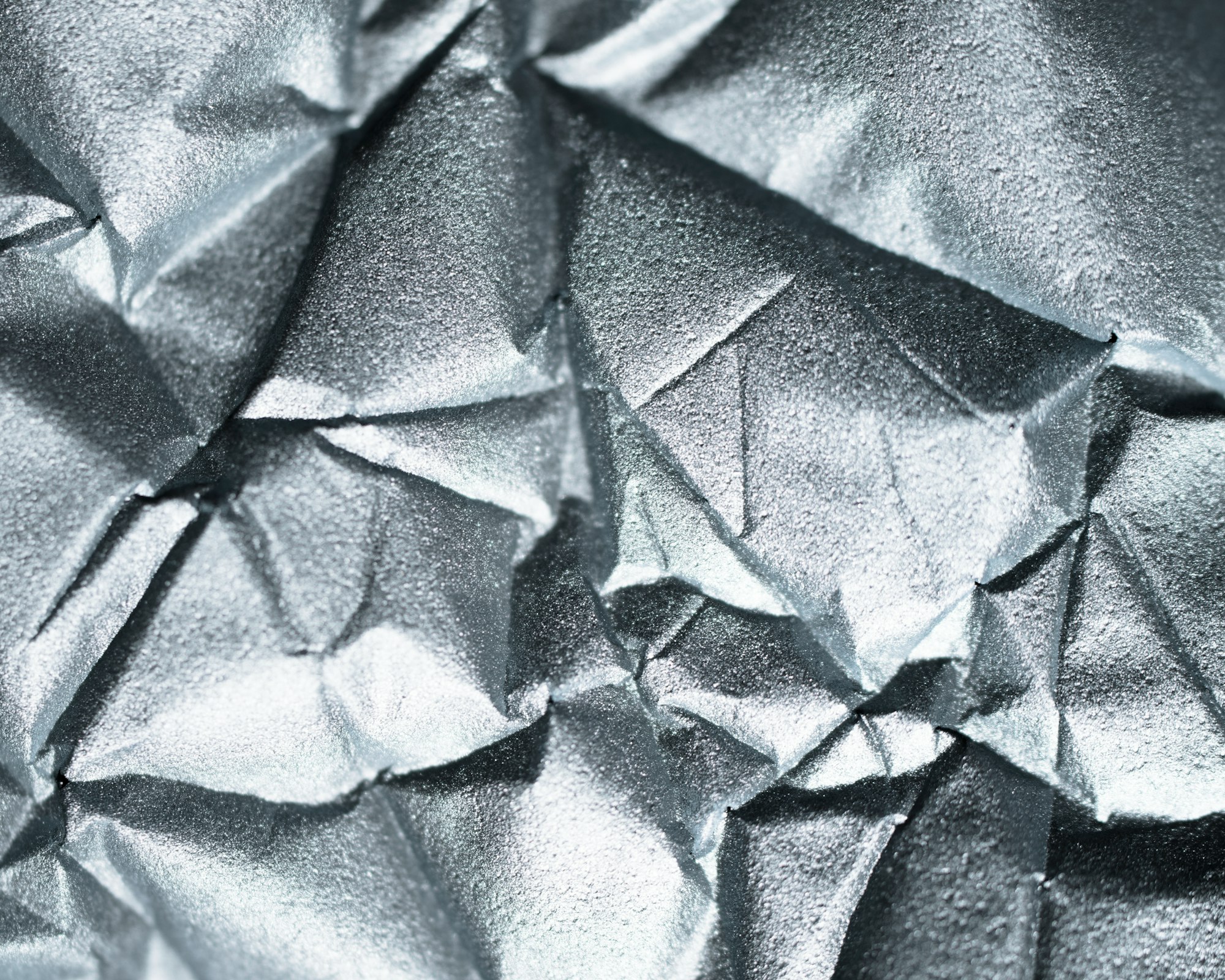Silver, what silver?

7:15 is early for us retired folk. 7:15 on a damp and miserable Saturday in Birmingham isn't fun for any folk, retired or not. But we have an appointment this morning, at 11:00 and we mustn't be late! Now I agree a 7:15 alarm for an 11:00 appointment does sound a bit unusual - but the buses only run every hour, on the half-hour and take about an hour to get into Birmingham centre. The jewellery quarter, the source of our appointment. is a further 30 minute brisk walk and so the 9:30 bus may not cut it. 8:30 bus it is, and hence the 7:15 alarm.
The appountment is at the English Heritage J W Evans silver workshop. Now both Liz and I had naively assumed this would be a workshop where silver was worked, probably to make jewellery (being in the jewellery quarter added credence to this belief) but no, the workshop made silverware: candlesticks, salt cellars, snuff boxes etc. But these weren't made in silver but a copper/zinc alloy (apparently called ’stampur' but Google doesn't know that name). The shop, being a wholesaler, would make the finished objects and then send them off to the silversmith buying company for plating. The museum was fascinating as the company kept EVERYTHING, so English Heritage has inherited nearly 150 of this quintessential English manufacture. On the negative side, there was just so much most of the museum looked like a derelict factory's junk rooms.
Our early call strategy did mean we got chance to wander the jewellery quarter and despite my offers to buy Liz something shiny I escaped with no more than the price of two coffees. Most of the many shops just sold generic, probably imported, jewellery but there were a few creating bespoke items. Forget the gold and diamonds, for me the highlight of the area was the magnificent Victorian urinal, sadly no longer in use (despite a pressing need)

Now I wonder what could be behind this door?

It's not every day you spot your name on a door and even rarer to discover the door is actually accessible. In this case the door was part of Birmingham's Pen Museum. Now I hadn't realised Birmingham was the centre of the world nib making industry, supplying 75% of all the world's pens at one time. Must have been a lot too, the many workshops employed hundreds of girls each one on piecework turning out over 100 gross nibs a day. For those of you without a classical education 100 gross is 14,400 nibs in a day; on a 9 hour shift that is one every two seconds all day long! Presses were still set up and Liz got to make two nibs. Not quite! The pressing needs soft metal (carbon steel) which then needs to have been heat-hardened in order for the slit to be cut. So she pressed a nib without a slit and then, in best Blue Peter tradition, slit one that had been hardened earlier. A fascinating museum, stumbled upon by accident.